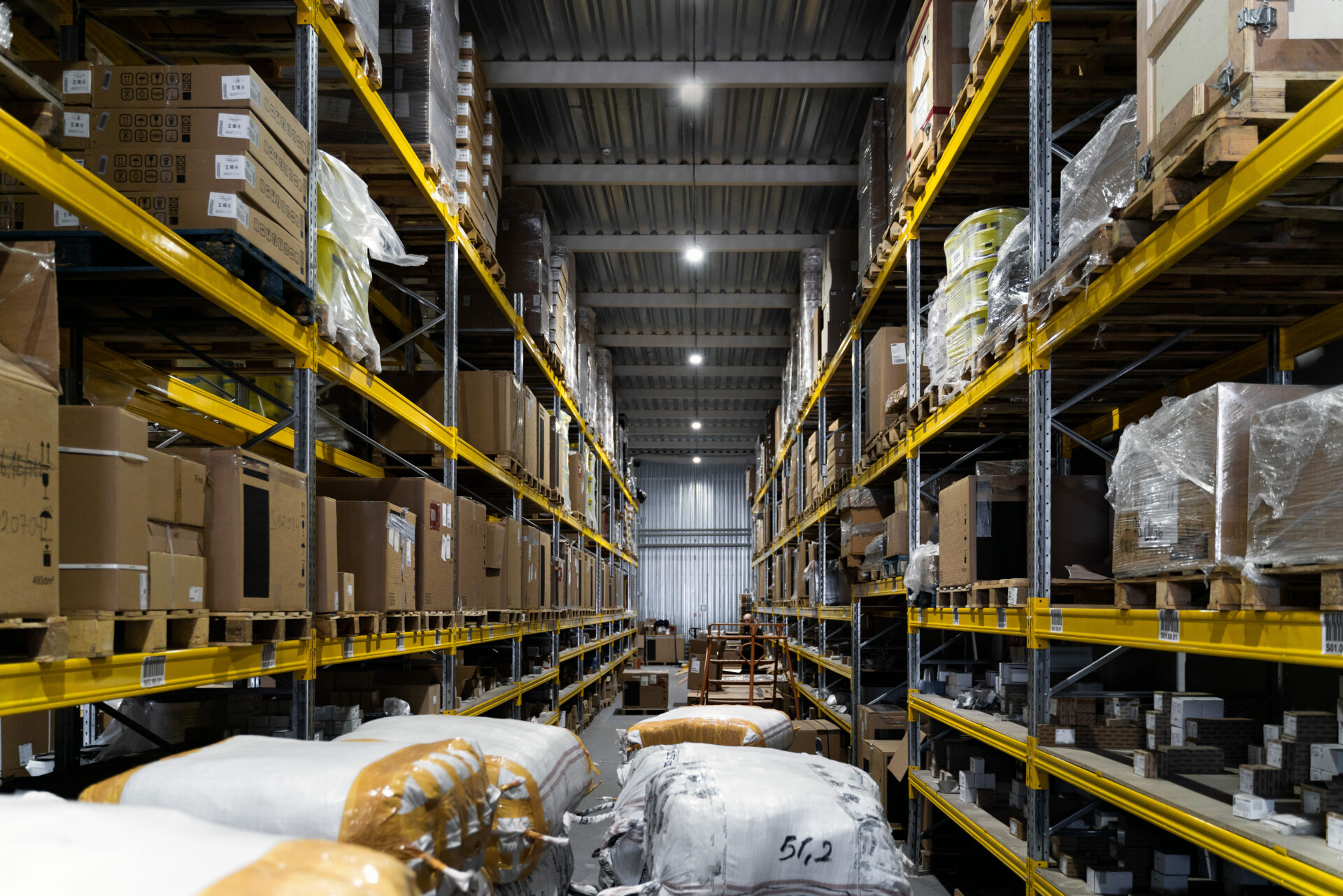The retail sector has experienced a rollercoaster of change in recent months. A period that has affected the demands of its customers, who are still the foundations of a successful business. To adapt to this new reality, it is necessary to have digital solutions such as Location Analytics. Do you want to know how geographic information has arrived to push retail to the next level? Here’s everything you need to know.
What are the main challenges facing the retail sector in conjunction with Location Analytics?
If there is one word to describe the current situation of the retail sector, it is omni-channel. Something we have arrived at mainly driven by the COVID-19 pandemic and the rise of e-commerce.
E-commerce was already booming before the health crisis, but its growth was boosted to a greater extent by mobility restrictions. In fact, according to the Office for National Statistics (ONS), the proportion of e-sales compared to total retail sales was 19% in February 2020. One year later, this figure stood at around 35%.
Another interesting fact is that footfall in physical shops fell after the reopening of trade, a sign that certain online shopping habits have taken hold during the pandemic.
Against this backdrop, businesses will have to be more careful about investing in the right location for their establishments. If not, they will be forced to close, as has already happened to many. Here it is key to understand the current shopping trends of the population.
One of the most relevant is that consumers have decided to buy more locally, saving trips for their own health safety and also opting to support local companies and producers in the face of the crisis. We should also mention that the rise of teleworking and spending more time at home have contributed in large part to this preference for local commerce.
On the other hand, the retail trade during the pandemic suffered severe stock-outs and logistical delays as a result of international mobility constraints. To avoid being caught up in this problem again, retail companies are looking to repatriate some of their suppliers’ production.
It is also worth noting that some of the biggest investments in retail will be in order fulfilment (e.g. last mile delivery and curbside pick-up), warehouse management and procurement operations.
To achieve all this, the integration of technologies such as Location Analytics, whose benefits and main applications we are going to study, are increasingly taken into account.
How does Location Analytics contribute to the growth of the retail sector?

There are many and varied ways in which Location Analytics helps the retail industry to evolve. Here are 4 of its main applications.
Choice of site
The omni-channel retail sector has made the choice of where to locate a shop even more critical than it already was. Here it is not only the performance of the physical shop itself that needs to be evaluated, but also how it influences e-sales and vice versa.
With Location Analytics, the study of data related to aspects such as:
- Traffic flows.
- Parking spaces available.
- Presence of public transport stations.
- Demographic, economic and sociological variables of the surrounding population.
- Preferences and habits of potential consumers.
- Proximity to leisure areas, workplaces, public buildings, etc.
- Presence of competitors in the area of influence.
Logistics
It is a reality that the customer has become accustomed to one-day delivery or to always getting what he wants on the first visit to the shop. When they want a product, they want it now. If this is not the case, we are losing a lot of points in our relationship with them.
Therefore, it is important to have Location Analytics to generate the best way to design supply and delivery operations in the last mile. This includes information related to dynamic route optimisation based on demand, traffic densities, construction sites and accidents, as well as the availability of loading and unloading zones in the city, fleet characteristics and the availability of delivery drivers, among other options.
Management of the establishment’s interiors
When we talk about Location Analytics for retail, we are not only talking about what happens outside the shop, but also about what happens inside the shop.
Here it is worth mentioning Indoor Mapping technology, which generates maps of the areas with the highest footfall, where customers spend more and less time, who leaves without buying, the average time of the visit and much more data on their behaviour. In this way, spaces can be better redistributed to make them more attractive and shop resources (human and material) can be better managed.
Geomarketing
Understanding the tastes of your target audience, where they live, where they work, where they spend their free time, what means of transport they use, which routes they most frequent etc helps a lot to convey the marketing message that will really make a real impact on their purchasing decision.
Location Analytics is much more effective than carrying out massive and indiscriminate campaigns, achieving a well-defined segmentation that will result in greater sales opportunities.
Advantages of applying Location Analytics in retailing
With these Location Analytics applications, what key competitive advantages do companies in the retail sector gain? Here are the most compelling ones.
1.- Improve Return on Investment or ROI
This will allow them to know which locations will be the most profitable for their establishments, as well as the least advantageous.
This is done by simply visualising complex effects on maps, such as the influence of supply, demand, the presence of competitors, other shops of the same brand and other socio-demographic factors in certain environments.
These dashboards will be essential for managers to be really accurate when choosing where to open a shop or which ones to close, among other important decisions.
2.-Sales increase
Undoubtedly, the sales factor is one of the most important factors when choosing the ideal location for a retail business. This is also where the choice of products to sell comes into play, which can be more or less successful depending on the country, city or even neighbourhood.
To this end, it is important to know data such as those related to the consumption habits of customers from their credit cards, those collected at the points of sale themselves or those extracted from market studies.
3.- Greater cost control
They will have a more comprehensive and detailed view of the entire supply chain and its associated costs. This includes spending on suppliers, logistics, delivery to customers’ homes or to specific pick-up points (last mile), etc.
The cross-referencing of all this data, each with its own geographical component, may even reveal some sources of expenditure that were not easily identifiable at first glance.
4.- More loyal clients
They will have a better understanding of the tastes and habits of shoppers and visitors. This will allow them to generate tailor-made sales strategies, with the products they really love always available and a personalised service that meets their demands.
Of course, this is also influenced by home delivery, that it is delivered on time and that the product arrives in the expected quality, reducing complaints and returns, with their associated costs in the short (collection costs) and medium to long term (loss of confidence and possible switch to competitors).
As you have seen, the retail sector is facing a challenge that can decide the survival of the business. To help them face this situation, Locatium offers you the Location Analytics solution for retail with which you can set with a high degree of accuracy the best location for your establishments. Would you like to know more about it, its operation and advantages? Just contact us and we’ll be waiting for you!





